In the project of the Museum of Applied Arts, unusual everyday dialogues are born: in the series In Circulation, contemporary designers reflect on each work of art in the museum’s collection, thus creating an encounter where the past and the present are intertwined. The current guest of the series is the world’s first Roma fashion studio, Romani Design.
Rethinking the classics is an inexhaustible source, so is it in the design genre. This is especially true in the case of Erika Varga and Helena Varga, the currently invited creators of In Circulation. With the tools of applied arts, Romani Design puts authentic Roma folk costumes in a modern context, while also playing a role in very important social issues—tradition comes to life in their collections in a way that it perfectly matches contemporary needs. All guests in the In Circulation series are invited to select an ensemble of objects from the museum’s collection that will inspire the artist and, as a result, create their own design, which will also become part of the collection.
A total of six holy images of the Virgin Mary and women from the collection inspired Romani Design to create their mini-collection, in which the devotional pictures are transformed according to their own interpretation. The strong religiosity of Roma culture and the importance of the family are not only metaphorically reflected in the garments—the recreation of the sacred images allowed Erika and Helena to create a much more intimate atmosphere in their works, so their family members or themselves return on the portraits on the garments.
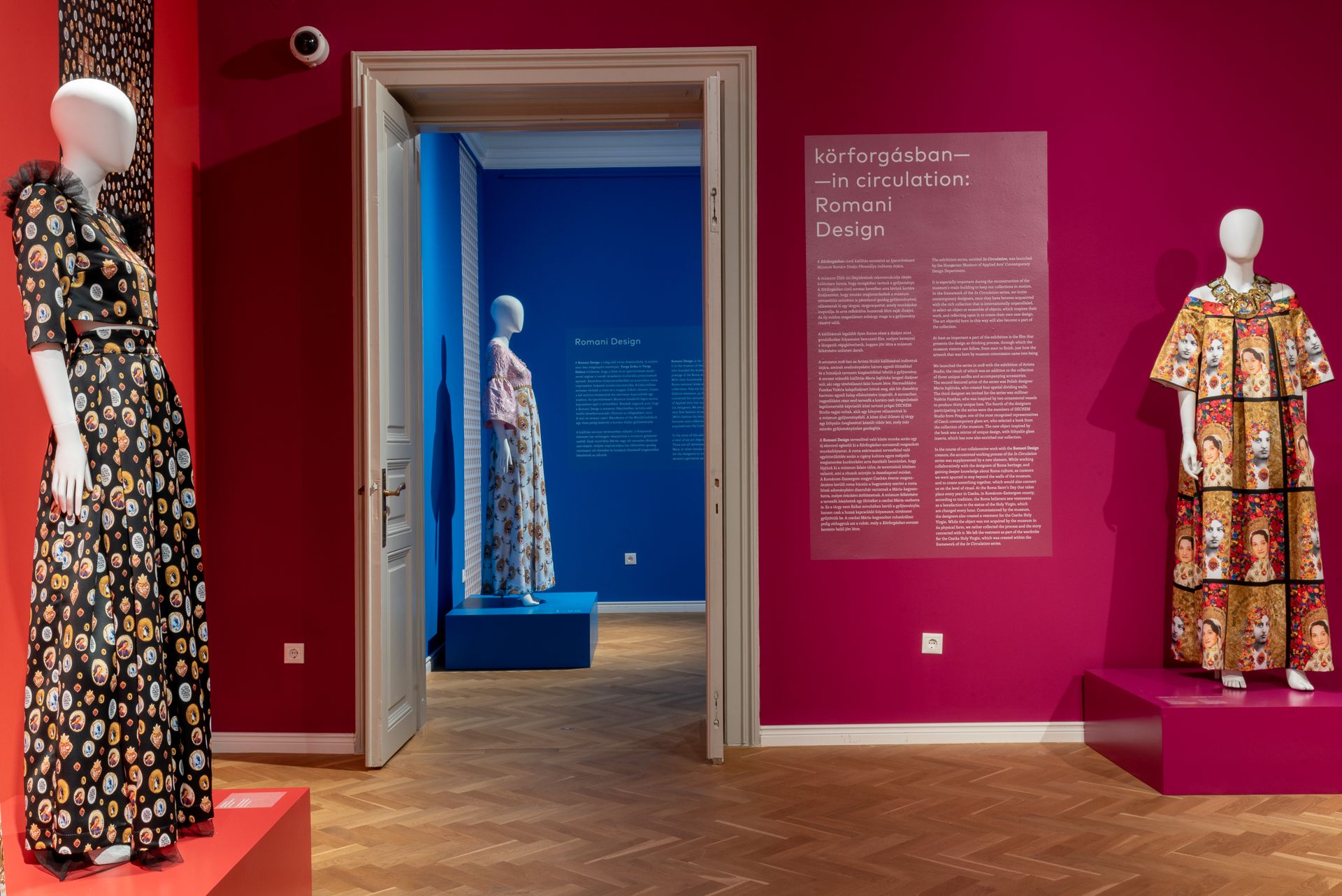
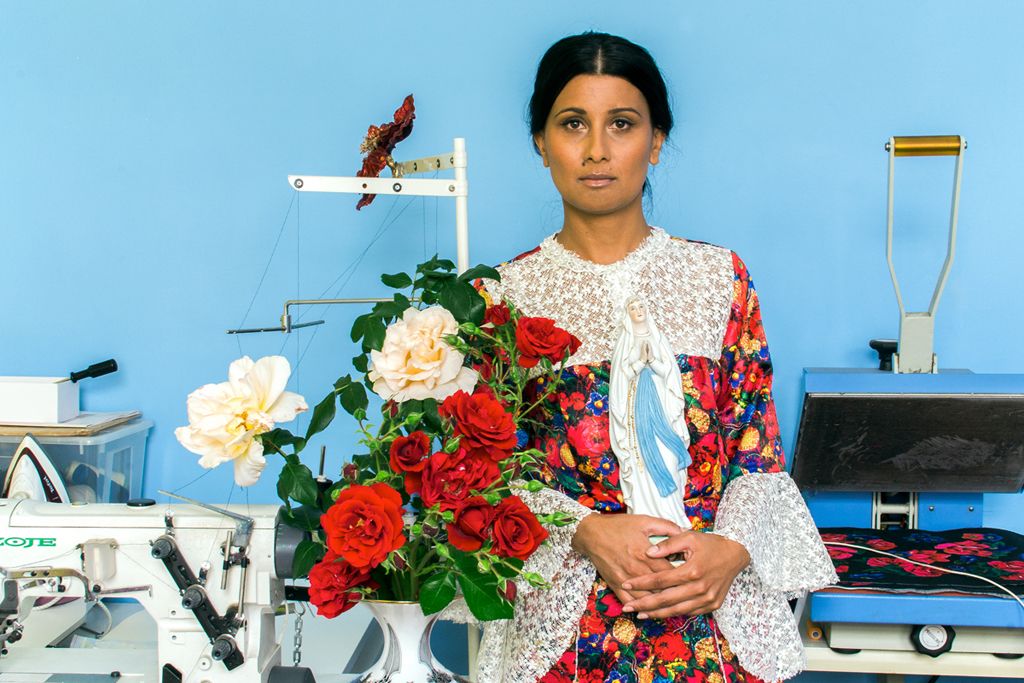

Respect for religion and rituals also took the installation beyond the walls of the museum: one of the most important events in the Roma faith is the Roma Saint’s Day in Csatka, where the believers sew clothes to the statue of the Holy Virgin as a donation, which they change every hour. At the request of the museum, this time Romani also made an outfit, which, although not physically part of the display, represents the exhibition at this important event.

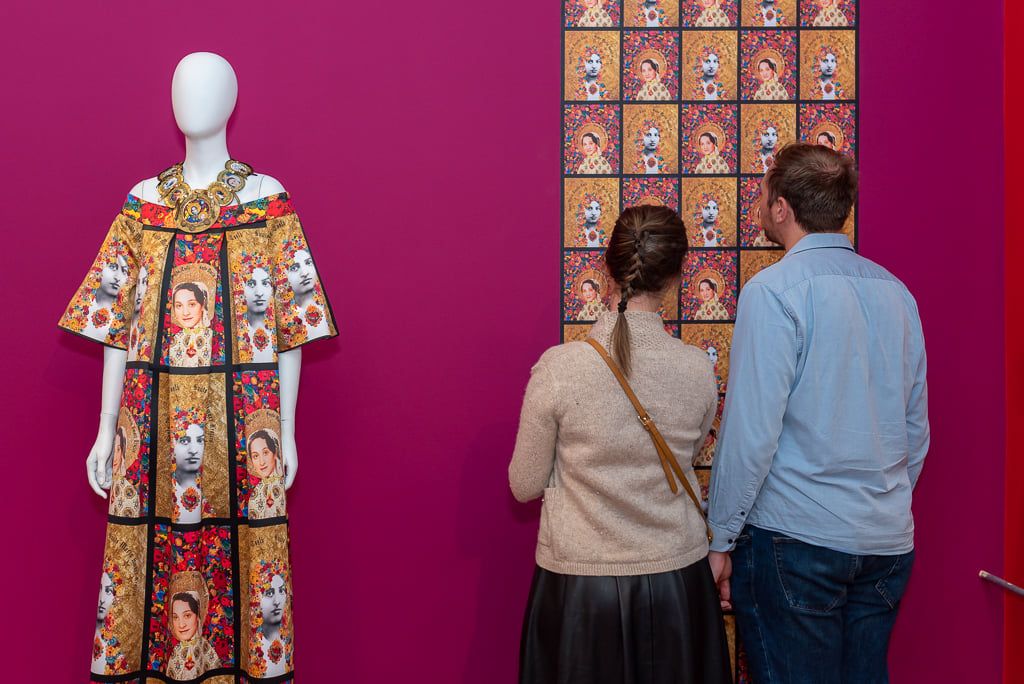
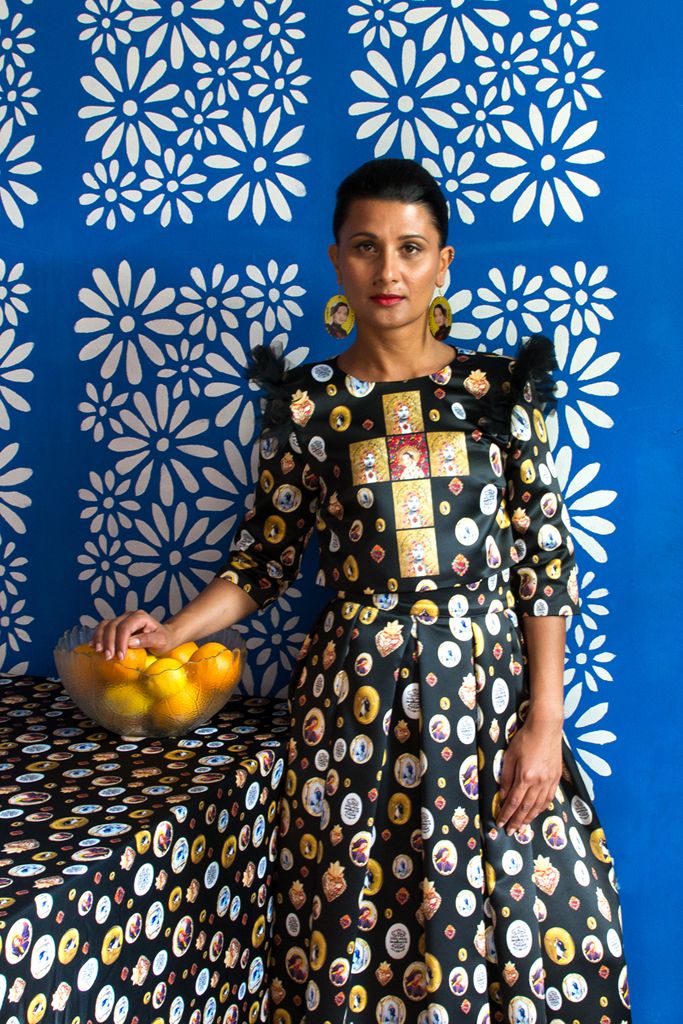
The project will be accompanied by several programs and roundtable discussions: on November 4, the creators and Melinda Farkasdy, co-curator of the exhibition, will explore the female role models from the Virgin Mary to emancipation. More information is available at the Facebook event of the program.
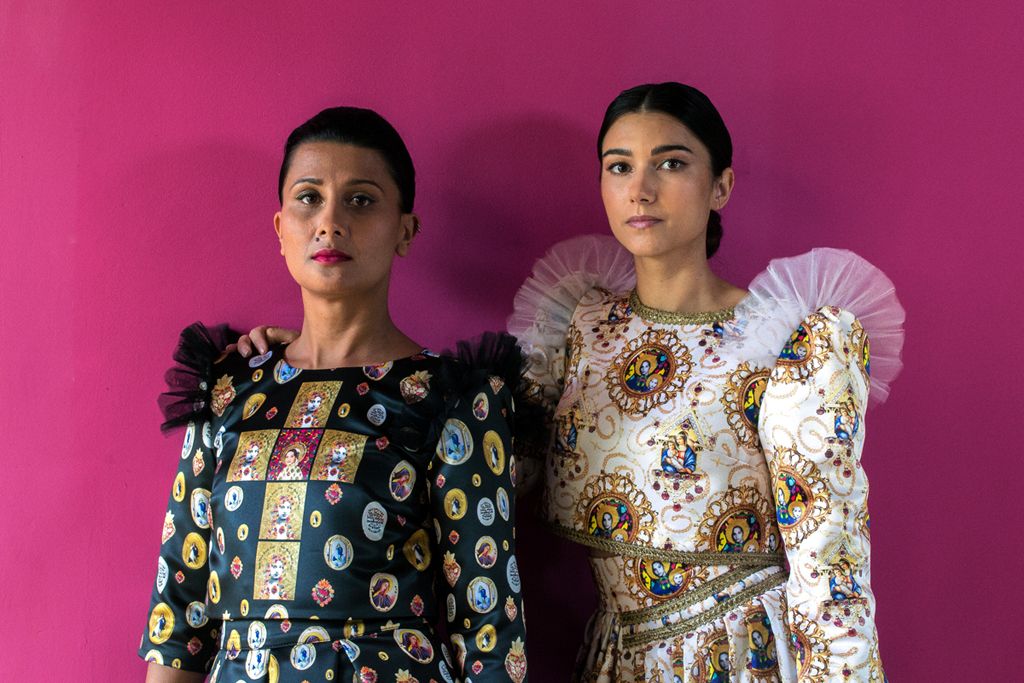

Curator: Judit Horváth Ph.D., Head of the Contemporary Design Department of the Museum of Applied Arts
Co-curators: Melinda Farkasdy and Rita Komporday, staff of the Contemporary Design Department of the Museum of Applied Arts
Installation design: Beatrix Torma
The exhibition can be visited until January 2, 2022, in the György Ráth Villa. The previous guests of the In Circulation series were the Artista Studio, Maria Jeglińska, Valéria Fazekas and the DECHEM Studio.
Romani Design | Web | Facebook | Instagram
Museum of Applied Arts | Web | Facebook | Instagram
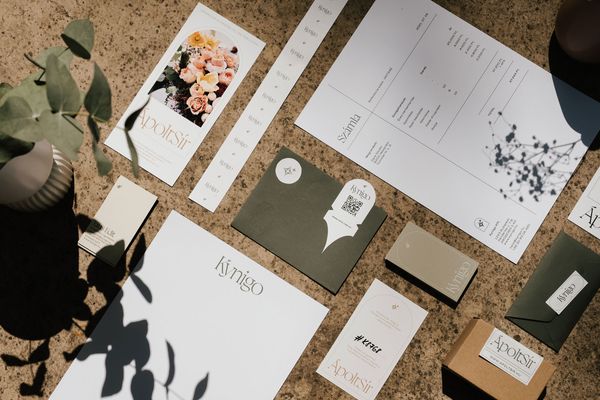
Commemoration, in style | ÁpoltSír x DARE STUDIO
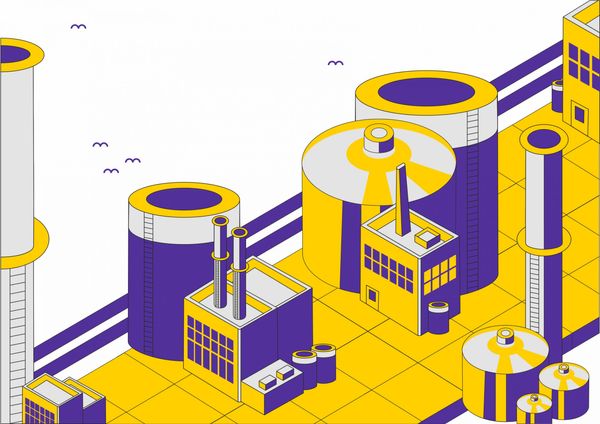
Winter is coming—The energy strategy of our region II.










